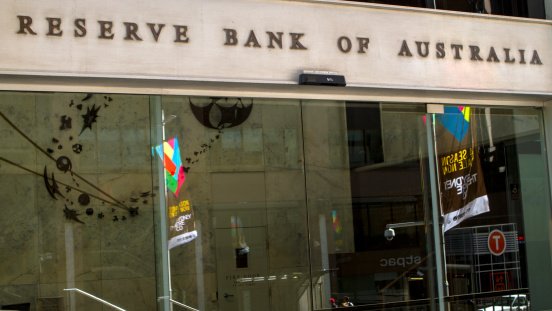Further rate increases not completely off the table, but only if the inflation outlook changes materially from here.
The RBA Board again considered both the case for a rate increase and the case for leaving rates unchanged at its October meeting. But without much new information in the month, it concluded that there was no need to move.
The wording changes this month imply that the Board is willing to raise rates again if there is a material upside surprise to the medium-term inflation outlook. But if things keep on turning out broadly in line with the sequence of staff forecasts over this year, the Board is content to hold rates steady.
Particularly noteworthy was the change to the last paragraph, adding the sentence, “The Board has a low tolerance for a slower return of inflation to target than currently expected.” This signals their willingness to act if the outlook changes. The wording change in the next sentence, “Whether or not a further increase in interest rates is required…” is also significant. It reads as a deliberate pointer to the Board’s assessment that it would only need to tighten further in the event of an upside surprise.
The Board’s increased willingness to spell out that no surprises means no further moves probably stems from some of the shifts in their assessment of the data and risks from prior months. Some of the points that stood out included that inflation had “abated from its peak” and the labour market had reached a turning point. The minutes went into quite some detail about the various labour indicators in support of this assessment. The discussion on wages also seemed a lot more sanguine than earlier in the year, despite worries about productivity.
Against these more sanguine comments, it is notable that the Board did discuss the potential upside risks coming from the recovery in the established housing market and the lower exchange rate. However, the Board seems to have concluded that these did not warrant a response at this time.
On the housing market, the continued recovery in prices does mean that the wealth effects on household consumption could be stronger than previously expected. However, this must be set against the overall weak picture for spending. The squeeze on household incomes from inflation, a rising tax take and higher interest rates is the more important driver of consumption outcomes. The outlook for household spending remains weak in the face of these headwinds.
On the exchange rate, the minutes highlighted that it is the trade-weighted index (TWI), not the exchange rate to the US dollar that matters, and that the TWI is little changed from the start of the year. This rather pointed educational comment links to the commentary on China. The latest monthly data for China was seen as being a bit more positive and the minutes highlighted how resilient Chinese demand for steel has been. But the overall outlook there remains weak. Negative news out of China normally results in markets selling off the Australian dollar against the US dollar – but not against the renminbi. So the change in the trade-weighted index is smaller.
Next month’s meeting will have the benefit of the full September quarter CPI result and updated staff forecasts. The October meeting also took place before Hamas’ attacks on Israel and the resulting lift in oil prices and market volatility. Near-term forecasts for headline inflation will probably need to be revised up because of this, but we judge that this will not be enough to tilt the Board’s hand. A significant upside surprise in the September quarter CPI release, along with further evidence that the real economy is proving more resilient than expected, might be enough to change their view and thus their decision. But this is not our central case at present. The Governor, Michele Bullock, is likely to provide further colour on her thinking about these risks when she speaks tomorrow.
